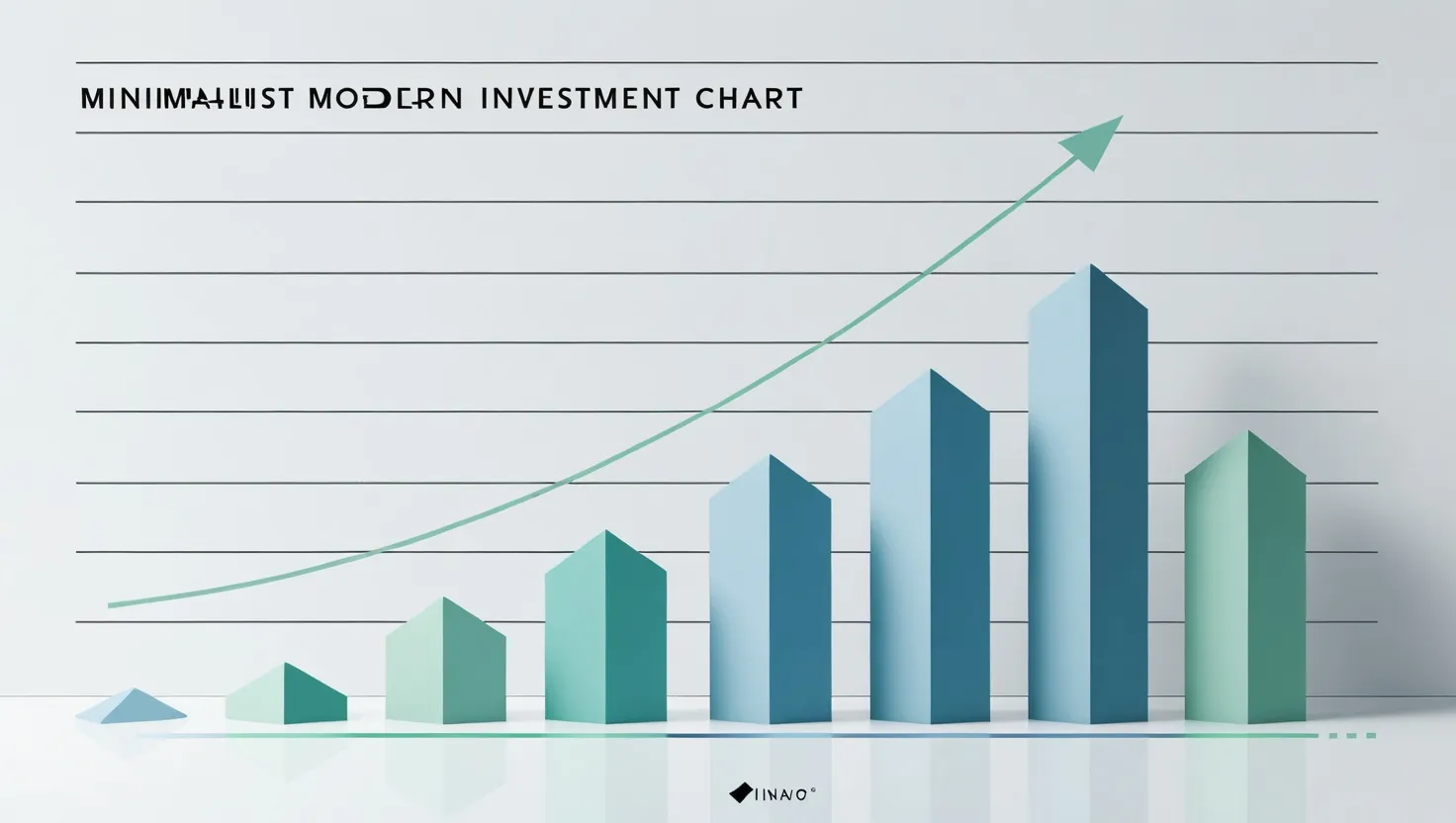Value Investing: Uncovering Hidden Gems in the Market
Hey there, fellow investors! Let's chat about value investing, a strategy that's made some of the biggest names in finance filthy rich. It's all about finding those undervalued companies that have the potential to blow up (in a good way) over time.
So, what's the deal with value investing? Well, it's pretty simple at its core. Imagine you're at a garage sale and spot a designer handbag that's worth a grand, but it's priced at 50 bucks. That's basically what value investors do, but with stocks instead of bags.
This whole idea came from a guy named Benjamin Graham, who's like the godfather of value investing. He was all about looking at a company's real worth, not just what the market says it's worth. It's like looking beyond the price tag and checking out the quality of the stitching, you know?
Now, let's break down some key principles that make value investing tick.
First up, it's all about the fundamentals. Value investors don't just glance at stock prices; they dig deep into a company's financials and how it runs. They're like detectives, looking for clues about a company's competitive edge, how well it's managed, and whether it's financially healthy.
Take Warren Buffett, for example. This dude's a legend in value investing. He's always on the hunt for companies with what he calls "economic moats." It's not about actual moats (though that would be cool), but things that keep a company ahead of its competitors. Think brand recognition, high barriers to entry, or the ability to set prices without losing customers.
Another big thing in value investing is the "margin of safety." It's like buying insurance for your investments. You want to buy stocks at a price way below what you think they're really worth. This way, even if you're a bit off in your calculations, you've still got some cushion.
Seth Klarman, another big shot in value investing, is all about this margin of safety thing. He's known for doing tons of research and having the patience of a saint, waiting for the perfect moment when a stock's price drops way below its true value.
Now, here's the thing: value investing isn't for those looking to get rich overnight. It's more like planting a tree and waiting for it to grow. You've got to be in it for the long haul and not freak out every time the market hiccups.
Charlie Munger, Buffett's right-hand man, says it's better to buy great companies at okay prices than okay companies at great prices. It's about finding those gems and holding onto them for years, letting them do their thing.
Let's talk about some strategies from famous value investors. We've already mentioned Buffett, but let's dig a bit deeper. He loves companies with strong economic moats and steady cash flow. He also looks for management that treats shareholders right and companies that consistently bring in high returns on their capital.
Remember Coca-Cola? That's a classic Buffett move. He saw a company with a killer brand and a competitive edge, and he bought in at a decent price. Smart move, right?
Benjamin Graham, the OG we talked about earlier, was more into the numbers game. He'd look for companies with low price-to-earnings ratios, solid balance sheets, and steady earnings growth. It's like he had a checklist for finding undervalued companies.
Then there's Joel Greenblatt with his "Magic Formula." It sounds like something out of Harry Potter, but it's just a way of finding companies that are both cheap and profitable. He combines high earnings yield with high return on capital to spot undervalued companies.
Peter Lynch, another big name, has a simple rule: invest in what you know. He looks for companies where the market's totally underestimating their potential in the short term. It's like finding a hidden talent in your friend group that nobody else has noticed yet.
But it's not just about the big names. There are plenty of successful value investors flying under the radar. Take Mohnish Pabrai, for instance. This guy looks for companies with strong competitive positions and low debt. He's all about predictable cash flows and good long-term prospects.
Or how about Tom Gayner? As CEO of Markel Corporation, he's grown the company significantly using value investing principles. He spreads his investments across a bunch of undervalued businesses and focuses on good management.
So, what do value stocks usually look like? They're often from well-established companies with a long history of success. Think steady profits, stable revenue, and maybe even some dividends. But here's the tricky part: you've got to be able to tell the difference between a true value stock and a value trap.
Value traps are like those knockoff designer bags. They look like a great deal, but they'll fall apart on you. These are companies that seem cheap but are actually on a downward spiral. To avoid these traps, you've got to do your homework. A company might look cheap based on its price-to-earnings ratio, but if its sales and profits are tanking, it's probably not the bargain you're looking for.
One of the biggest lessons in value investing is patience. It's not about making quick trades or following market trends. Sometimes, you've got to sit on your hands and wait for the right opportunity. And when that opportunity comes, you've got to be ready to go all in.
This might mean concentrating your investments in a few stocks rather than spreading them out. It's riskier according to traditional wisdom, but it can lead to bigger payoffs in the long run.
Let me tell you about Allan Mecham, a guy who managed to earn the nickname "the 400% man." He focused on just a few high-quality stocks and spent most of his time reading annual reports. His fund outperformed the S&P 500 by a mile, showing that concentrated value investing can really pay off.
Value investing isn't just about crunching numbers; it's about understanding how people and markets behave. It's like being a savvy shopper in the stock market. You know how some people only buy clothes when they're on sale? That's the value investor mindset. They're always on the lookout for bargains, avoiding overpaying at all costs.
In the end, value investing is a powerful strategy that's stood the test of time. It's about focusing on business fundamentals, staying safe with a margin of safety, and thinking long-term. Whether you're just starting out or you've been in the game for years, understanding value investing can help you make smarter choices with your money.
Remember, when you're value investing, you're not just buying stocks; you're buying pieces of businesses. Look for companies with strong advantages, solid financials, and good management. And most importantly, have the patience to wait for the market to catch up to what you already know about these hidden gems.
So, there you have it – a deep dive into the world of value investing. It's not always easy, but with the right approach and mindset, anyone can become a successful value investor. Happy hunting for those hidden gems!






